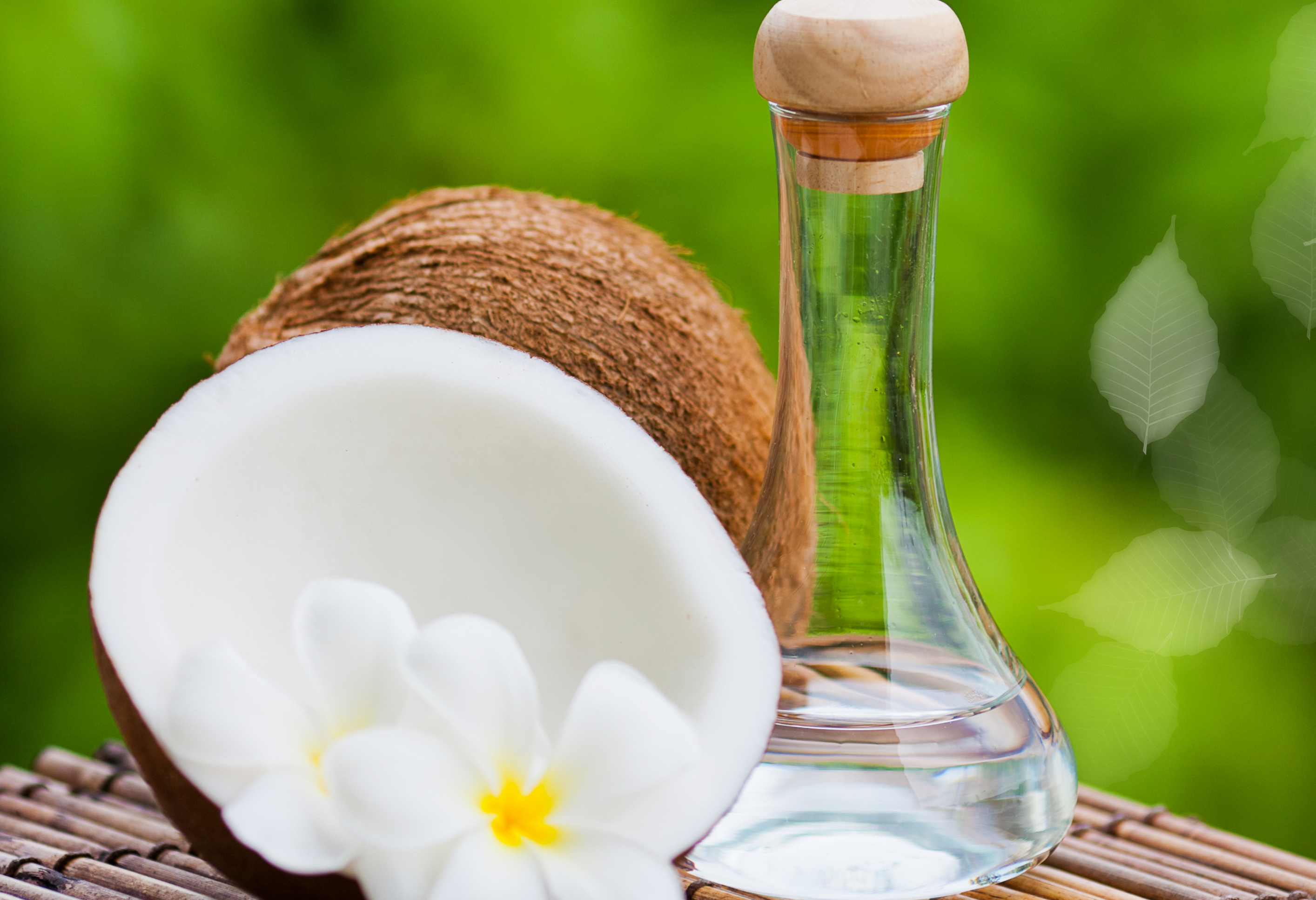Coconut oil has many wonderful uses, but there are some very common mistakes people make when using it at home in DIY skin and hair products and remedies. Find out what they are and how to avoid them.
1. Using it on color-treated hair.
Homemade coconut oil hair products are popular, but it's a good idea to consult your colorist before applying it on color-treated hair. DIY coconut oil hair products may strip color from color-treated hair.
2. Getting water into a homemade coconut body product.
Many people keep their DIY coconut oil products for skin, hair, and nails in the bathroom, but wet hands and humidity can lead to mold growth in the container.
Try not to store your DIY product in the shower, bathtub shelf or anywhere it will get wet when you are using it. Keep the lid closed tightly when not in use and use dry, clean hands and a clean spoon to scoop out what you need.
3. Not doing a patch test before applying coconut oil on their skin or hair.
Some people may develop skin rashes when using coconut oil. Rub a tiny amount into skin and leave it on for a day, noting any rashes or itchiness that develops. If you have a skin condition, have tree nut allergies (see #10), or tend to react to products, consult your dermatologist first.
4. Using it on acne-prone skin.
Not everyone who is prone to acne will break out when they use coconut oil, but it can be comedogenic (tendency to clog pores and encourage the formation of blackheads), so it's a good idea to avoid it or at least test it in a small area over a couple of weeks if you have oily or acne-prone skin.
5. Getting it on clothes, towels, and bedding.
Coconut oil can cause oil stains, so be sure to protect bedding, clothing, and towels from coconut oil. If you are doing an overnight hair treatment, cover your hair with a shower cap and use an old towel to protect your pillows. Always use coconut oil sparingly on your body and wipe off any excess.
6. Viewing it as a cure-all, or even a cure.
There are many articles on the web touting the many health benefits of coconut oil. While it can be useful for some minor ailments, coconut oil should not be used in place of standard treatment for any medical condition. Self-treating and delaying treatment can have serious consequences.
7. Using just any coconut oil.
Much of the stigma of coconut oil can be traced to studies that were done using coconut oil that had been partially hydrogenated, a process that creates trans fats and destroys some of the good components of coconut oil such as antioxidants. Buy a good quality coconut oil that is has been expeller-pressed and is non-hydrogenated and hexane-free, preferably an organic virgin (or extra-virgin) oil.
8. Pouring it down the drain.
Most coconut oil is solid at room temperature, so avoid letting too much of it go down the drain, especially if you have sensitive pipes that tend to get clogged. Remove as much of it as you can before rinsing. For example, if you're using it as a shaving cream or face mask, wipe off any excess before rinsing. Another tip is to run hot water down the drain for 30 seconds to help flush it down while it is melted.
9. Using too much of it, making floors slippery.
Rinsing coconut oil-treated hair and skin in the shower or tub can make surfaces slippery for you or the next person. Be sure to clean the shower or tub floor after each use and/or use a slip-resistant mat. Also be cautious when using coconut oil on your feet, as it makes your own feet slippery and may track oil on your floors, making it slippery for others.
10. Not checking with an allergist.
If you have allergies to tree nuts, check with your allergist before using coconut products given the severity of many tree nut allergic reactions and the potential for cross-reactivity. Although coconuts are classified as fruits, the Food and Drug Administration considers coconut to be a tree nut.
Source:
http://altmedicine.about.com/od/home-remedies/tp/Common-Coconut-Oil-Mistakes-People-Make.htm
